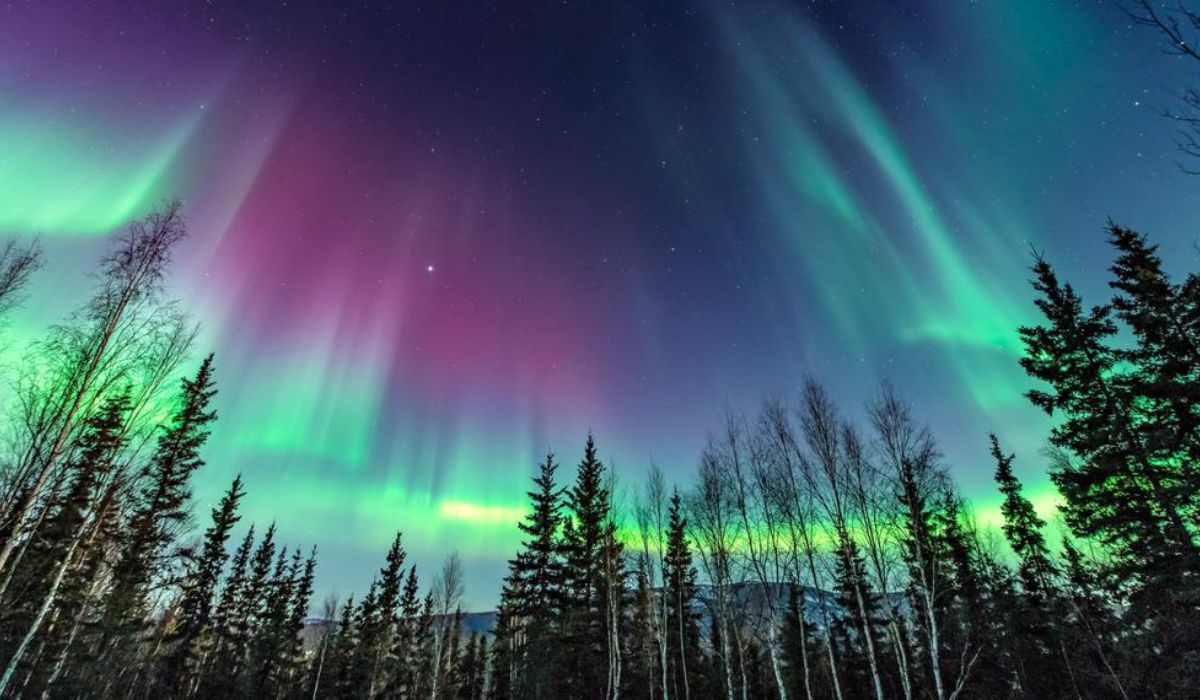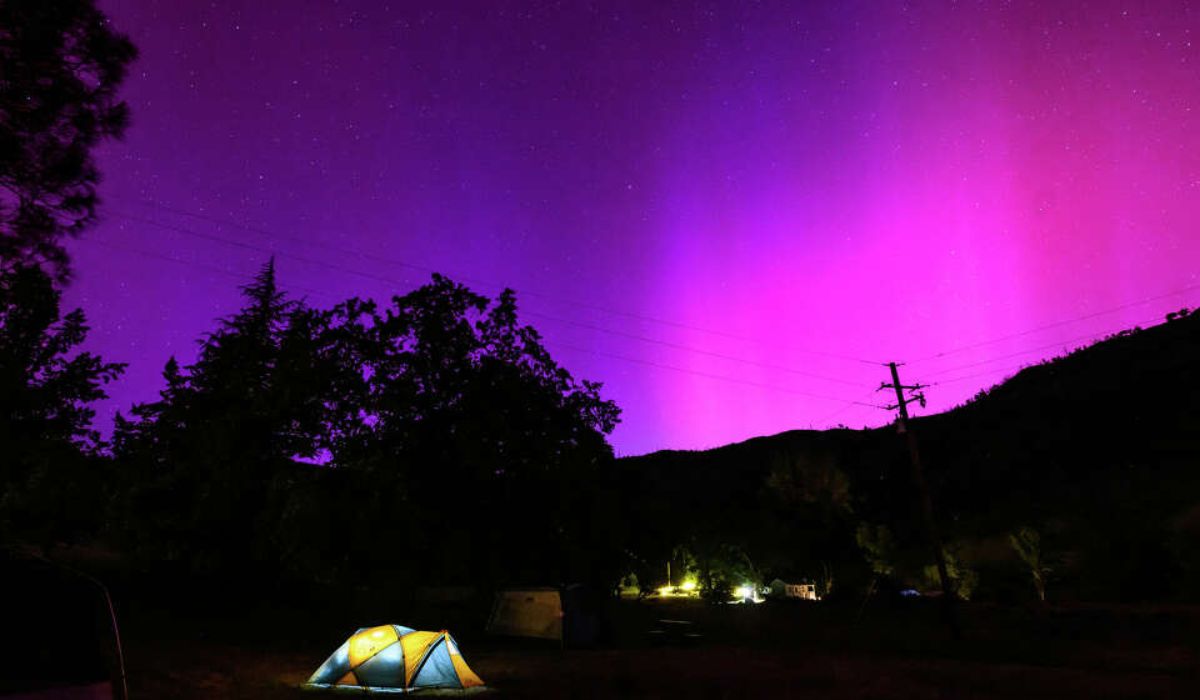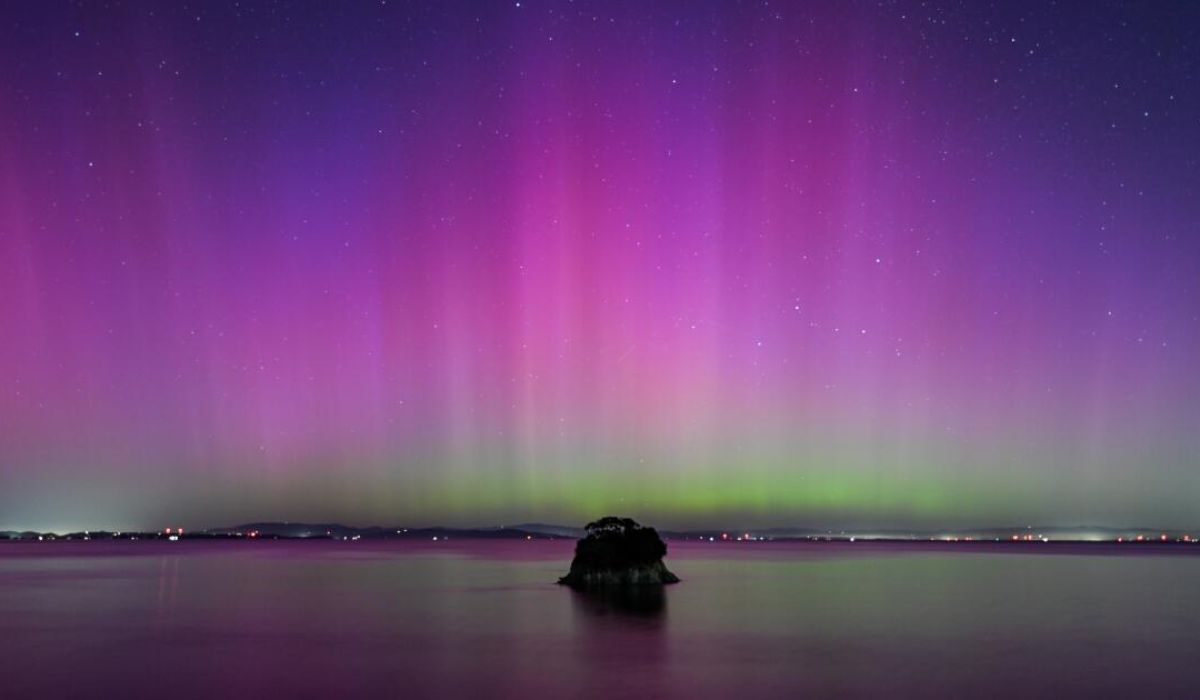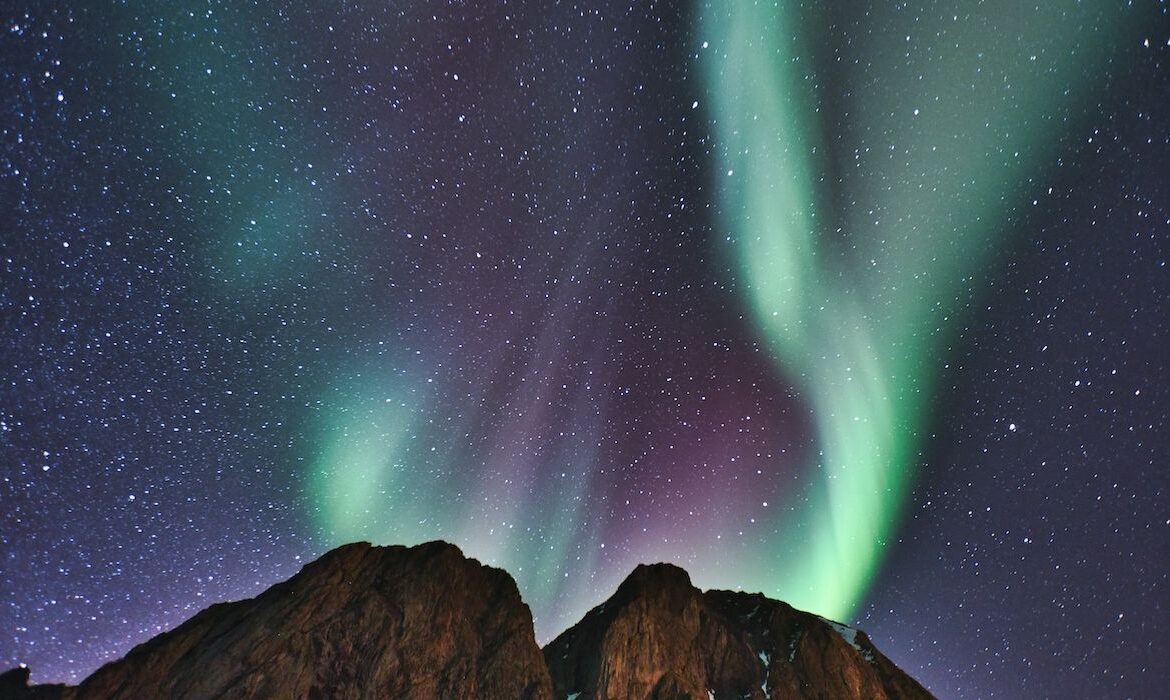Where to See the Northern Lights in California
Imagine standing beneath a sky that suddenly ignites in vibrant waves of green, purple, and pink. This is the magic of the northern lights, a mesmerizing natural phenomenon that often seems reserved for far-off, frigid regions like Alaska or Scandinavia. But here’s a question you might not have considered: Can you see the northern lights in California? While the Golden State isn’t known for its aurora sightings, there are a few locations where, on rare occasions, you can catch a glimpse of this stunning light show.
In this article, we’ll take you on a journey through California, sharing where and when you might see the northern lights. We’ll also dive into the science behind the aurora borealis, why California isn’t typically a hotspot for auroras, and how you can increase your chances of seeing this spectacular display in the state.
What Are the Northern Lights?
The northern lights, or aurora borealis, are a natural light display typically visible in high-latitude regions like Alaska, Canada, and Scandinavia. These stunning light shows occur when charged particles from the sun collide with Earth’s magnetic field. This collision excites particles in Earth’s atmosphere, causing them to light up in beautiful waves of color. The result? A breathtaking sky show that ranges from green to purple hues, with occasional reds, yellows, and blues.
In short, the auroras are caused by solar activity, and they have a distinct preference for areas closer to Earth’s magnetic poles. But can they be seen in California? Let’s dive into why this is rare and what might increase the chances.
Why Are the Northern Lights Rare in California?

California is not an ideal place to regularly witness the northern lights, and there are a few key reasons why:
- Geographical Location: The northern lights are typically seen closer to Earth’s magnetic poles—near the Arctic and Antarctic Circles. California, being much further south, is generally outside the aurora’s “active zone.” This makes it much less likely that California will experience aurora sightings, except in rare cases of heightened solar activity.
- Solar Activity: While the northern lights are always present near the poles, their visibility depends heavily on solar activity. During a solar maximum (the peak of the 11-year solar cycle), there’s an increased chance of solar storms that send charged particles toward Earth. These particles can sometimes travel further south, giving regions like California a fleeting chance to witness the aurora.
- Light Pollution: California, with its bustling cities and high population density, suffers from significant light pollution. Even if a solar storm is powerful enough to send the aurora south, urban light would make it nearly impossible to see.
- Weather Conditions: Clear skies are essential for observing the aurora, and California’s coastal fog or inland clouds can obscure the view even if the conditions are right.
Where to See the Northern Lights in California?
While it’s not a regular sight, there are certain areas in California that give you a better chance to catch the northern lights if conditions are favorable. Here’s where to go:
1. Northern California: The Best Bet
The farther north you go in California, the better your chances. The following locations are your best options:
- Shasta-Trinity National Forest: This remote area in northern California offers dark skies and high elevation, ideal for stargazing and, potentially, aurora sightings.
- Lassen Volcanic National Park: Another northern destination, Lassen offers not only dark skies but also a clear vantage point away from city lights. If the aurora does make a rare appearance, this is one of the best places to see it.
2. Eastern Sierra Region
The Eastern Sierra is famous for its high-altitude locations and clear skies, particularly in Mono Basin and Bishop. The remoteness and altitude of these areas make them prime spots for stargazing, and in the rare event of a strong solar storm, the aurora may appear on the horizon.
3. Mount Baldy and Big Bear Lake
If you’re in Southern California and looking to increase your chances, consider heading up to Mount Baldy or Big Bear Lake. While the aurora is less likely to be visible here, these high-altitude areas provide a dark-sky experience that could improve your chances during heightened solar activity.
Best Time to See the Northern Lights in California

Timing is crucial when attempting to see the northern lights, especially in a state like California, where sightings are infrequent. Here’s when you should look:
- Solar Maximum: The best chance to see the aurora in California occurs during the solar maximum, which happens approximately every 11 years. During this period, solar activity is at its peak, and solar storms are more likely to reach lower latitudes.
- Fall and Winter: These seasons offer the darkest skies, especially when there’s little moonlight. The fall (September-November) and winter (December-February) months are generally the best for stargazing and aurora hunting in California.
- Solar Storms: Even outside of the solar maximum, strong solar storms can cause auroras to appear farther south than usual. Keep an eye on solar weather forecasts to track these events.
How to Increase Your Chances of Seeing the Northern Lights
Seeing the northern lights in California is rare, but it’s not impossible. Here are some tips to maximize your chances:
- Track Solar Activity: Websites like NOAA’s Space Weather Prediction Center and AuroraWatch provide real-time updates on solar storms and aurora forecasts.
- Go to High Altitudes: Higher elevations improve your chances of seeing the aurora, as they provide better visibility and clearer skies. Consider heading to locations like Mount Baldy or Mono Basin.
- Avoid Light Pollution: Light pollution from cities will make it nearly impossible to see the aurora. Aim for dark-sky areas and plan to travel far from urban centers.
- Stay Up Late: The best time to witness the northern lights is usually after midnight, so plan for a late-night adventure.
- Be Prepared for Unpredictability: The northern lights can be elusive, even in the best conditions. Bring warm clothing, a camera, and plenty of patience!
What Causes the Northern Lights?
The northern lights are caused by solar winds—a stream of charged particles emitted by the sun. These particles interact with Earth’s magnetic field, which channels them toward the poles. As these particles collide with atoms and molecules in the Earth’s atmosphere, they produce light in different colors. The result? A shimmering, dancing light show in the night sky.
What to Expect When You See the Northern Lights
When the northern lights appear, you might witness the sky light up in a kaleidoscope of colors, from green and yellow to red and purple. The lights can take on different shapes: arcs, ribbons, and even curtains that wave in the sky.
While the show can last anywhere from a few minutes to several hours, it’s unpredictable. Patience and good timing are key to enjoying this natural spectacle.
Northern Lights vs. Other Phenomena in California

While the northern lights are rare in California, there are other impressive natural phenomena that you can enjoy, such as:
- Meteor Showers: California is a fantastic place to view meteor showers like the Perseids (August) and the Geminids (December).
- Stargazing: Locations like Joshua Tree National Park and Anza-Borrego Desert State Park are known for their dark skies and excellent stargazing opportunities.
Alternatives to Northern Lights Viewing in California
If you’re looking for an unforgettable experience in California but can’t catch the aurora, consider visiting places like:
- Death Valley: Known for its pristine, dark skies, Death Valley is a top stargazing destination.
- Big Sur: The rugged coastline and remote location make Big Sur an ideal place for skywatching.
The Science of Solar Storms and the Aurora
Solar storms, or coronal mass ejections (CMEs), are massive bursts of solar wind and magnetic fields rising from the sun’s corona. These bursts can travel toward Earth and interact with the magnetic field, creating the conditions for an aurora. Strong solar storms increase the likelihood of auroras appearing at lower latitudes.
How to Photograph the Northern Lights
If you’re fortunate enough to witness the northern lights in California, here’s how to capture the moment:
- Use a Tripod: Long exposure is key to photographing the aurora, so a sturdy tripod is essential.
- Set Your Camera to Manual: Adjust the ISO (800-1600), aperture (f/2.8-f/4), and exposure time (10-15 seconds).
- Focus on the Lights: Set your camera’s focus to infinity to ensure the lights are sharp.
- Dress Warmly: You may be out in the cold for hours, so layer up!
Safety Tips for Viewing the Northern Lights in California
When heading out to view the northern lights, consider these safety tips:
- Stay Informed: Always check local weather and solar activity reports.
- Pack Essentials: Bring water, snacks, warm clothing, and a flashlight.
- Be Prepared for the Cold: Nights can get chilly, even in California’s southern regions.
- Travel with Others: For safety, it’s always better to stargaze with a friend or a group.
Is It Worth Traveling to California to See the Northern Lights?
For those living in or visiting California, the opportunity to see the northern lights is rare and unpredictable. If you’re in the state during solar maximum, it’s worth checking out remote northern locations. However, for a more consistent and awe-inspiring aurora experience, consider traveling to more aurora-friendly destinations like Alaska, Canada, or Scandinavia.
Conclusion: Your Guide to Northern Lights in California
While it’s a rare and elusive event, there are places in California where, under the right conditions, you could catch a glimpse of the magnificent northern lights. By heading to remote, high-altitude locations, avoiding light pollution, and tracking solar activity, you can increase your chances of witnessing this celestial marvel in the Golden State.
FAQs: Everything You Need to Know
1. What is the best time to see the northern lights in California?
The best time to see the northern lights is during the fall and winter months, especially during a solar maximum when solar activity is heightened.
2. Can you see the northern lights in Southern California?
While it’s unlikely, there have been rare instances of auroras visible in Southern California during powerful solar storms.
3. What locations in California are best for aurora viewing?
Top locations include Shasta-Trinity National Forest, Lassen Volcanic National Park, and Mono Basin in the Eastern Sierra.
4. How do solar storms affect the northern lights?
Solar storms enhance aurora displays by sending charged particles to Earth, increasing the likelihood of auroras appearing at lower latitudes like California.
5. Is it worth traveling to California just for the northern lights?
Given their rarity, it’s not guaranteed, but for a unique experience, it’s worth trying remote northern locations in California during heightened solar activity.
For More More Visit, ucdigitals




